The George Town Council, Tasmania, has granted planning approval to the German utility-scale solar developer ib vogt for its 288 MW Cimitiere Plains Solar Farm located 50 kilometres north of Launceston, and a transmission corridor.
The proposed agrisolar development includes two solar arrays comprising 613,000 solar panels, 80 inverters, an on-site substation and about six kilometres of double circuit overhead 110 kV powerline to connect the 454 hectare project to the existing George Town substation in Bell Bay.
A single axis tracking system will be utilised and following construction, which is estimated to begin at the end of 2025, rehabilitation works will commence to allow sheep grazing on the site to resume.
Part of the approved development application (DA) provides for waste solar panels to be recycled, and waste metal from mounting frames, perimeter fence, cables, and other equipment such as power conversion units (PCUs) to be recycled, where possible.
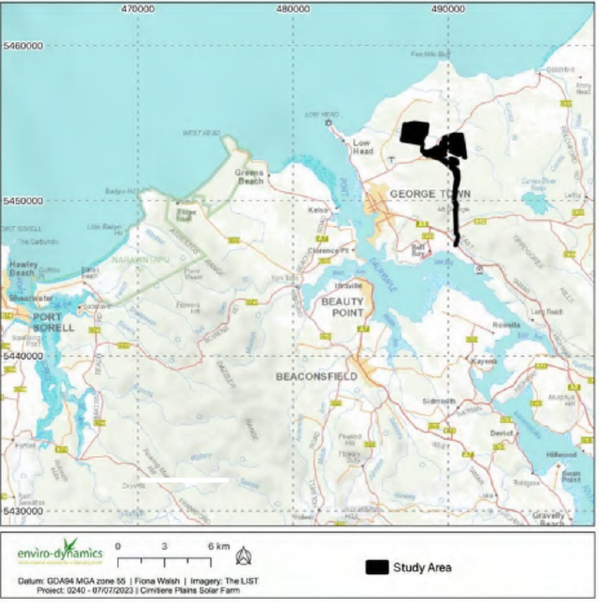
The transmission line route is to be constrained between the Basslink interconnector in the east and George Town to its west, with several proposed routes under investigation.
Though able to generate equivalent energy to power 100,000 homes, the Cimitiere Plains Solar Farm is located in the Bell Bay area, adjacent to the Bell Bay aluminium smelter and a region earmarked as a clean energy hub.
Proposed developments in the hub include Queensland-headquartered ABEL Energy Bell Bay Powerfuels Project, which aims to produce 300,000 tonnes of green methanol annually using green hydrogen and biomass.
A green hydrogen hub is also being developed to support green hydrogen production, to fuel heavy vehicles and manufacture green metals and alloys and incorporates a hydrogen-powered bus trial.
Tasmania’s Department of Renewables, Climate and Future Industries’ Draft Future Clean Fuels Strategy highlights the need for and challenges of incorporating renewable electricity into Tasmania’s the green hydrogen.
The strategy says, demand from new energy load in the state, including from clean fuels production, requires more renewable electricity capacity. Fortunately, Tasmania has the renewable energy potential to meet this demand and an extensive pipeline of projects at various stages of approval.
Ib vogt has previously developed a solar farm in the Australian Capital Territory (ACT) (11 MW Williamsdale), three in Victoria (75 MW Wunghnu, 74 MW Carisbrook, 30 MW Kerang) and three in New South Wales (NSW) (90 MW Sebastopol, 60 MW Yanco and 55 MW Dunedoo).
This content is protected by copyright and may not be reused. If you want to cooperate with us and would like to reuse some of our content, please contact: editors@pv-magazine.com.
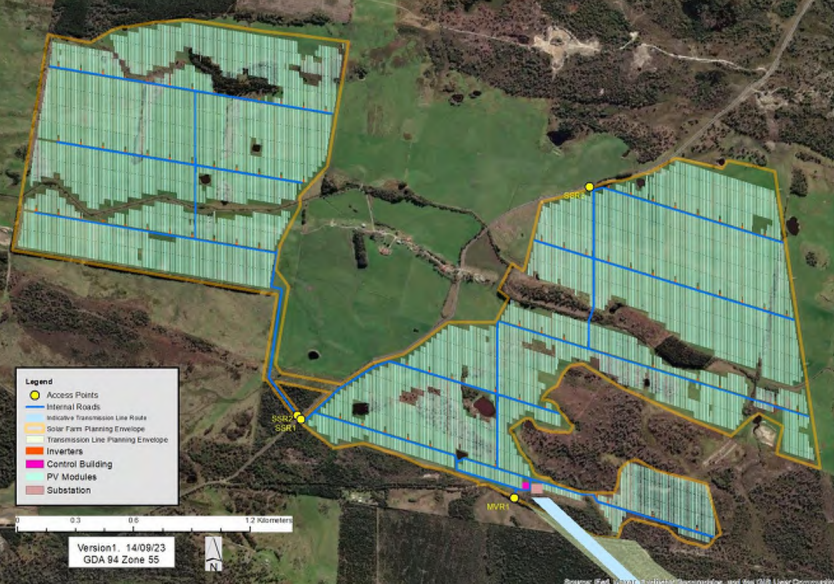
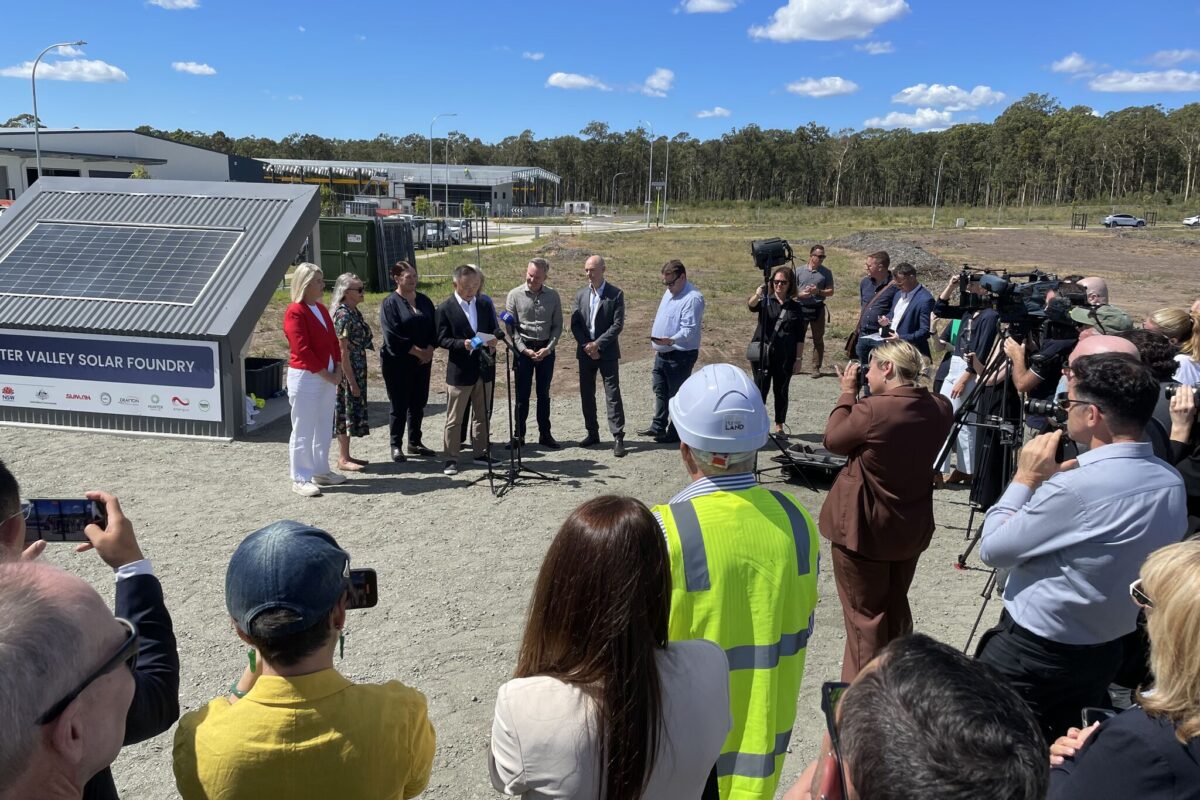


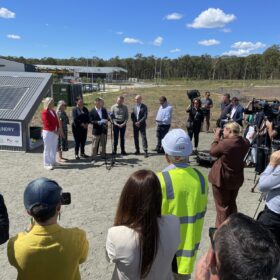
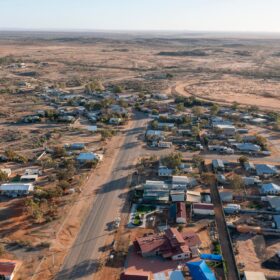
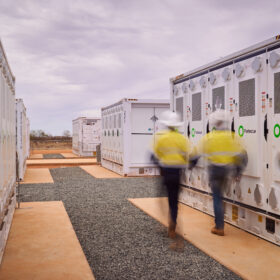
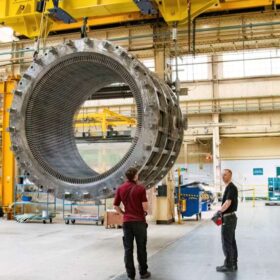

By submitting this form you agree to pv magazine using your data for the purposes of publishing your comment.
Your personal data will only be disclosed or otherwise transmitted to third parties for the purposes of spam filtering or if this is necessary for technical maintenance of the website. Any other transfer to third parties will not take place unless this is justified on the basis of applicable data protection regulations or if pv magazine is legally obliged to do so.
You may revoke this consent at any time with effect for the future, in which case your personal data will be deleted immediately. Otherwise, your data will be deleted if pv magazine has processed your request or the purpose of data storage is fulfilled.
Further information on data privacy can be found in our Data Protection Policy.